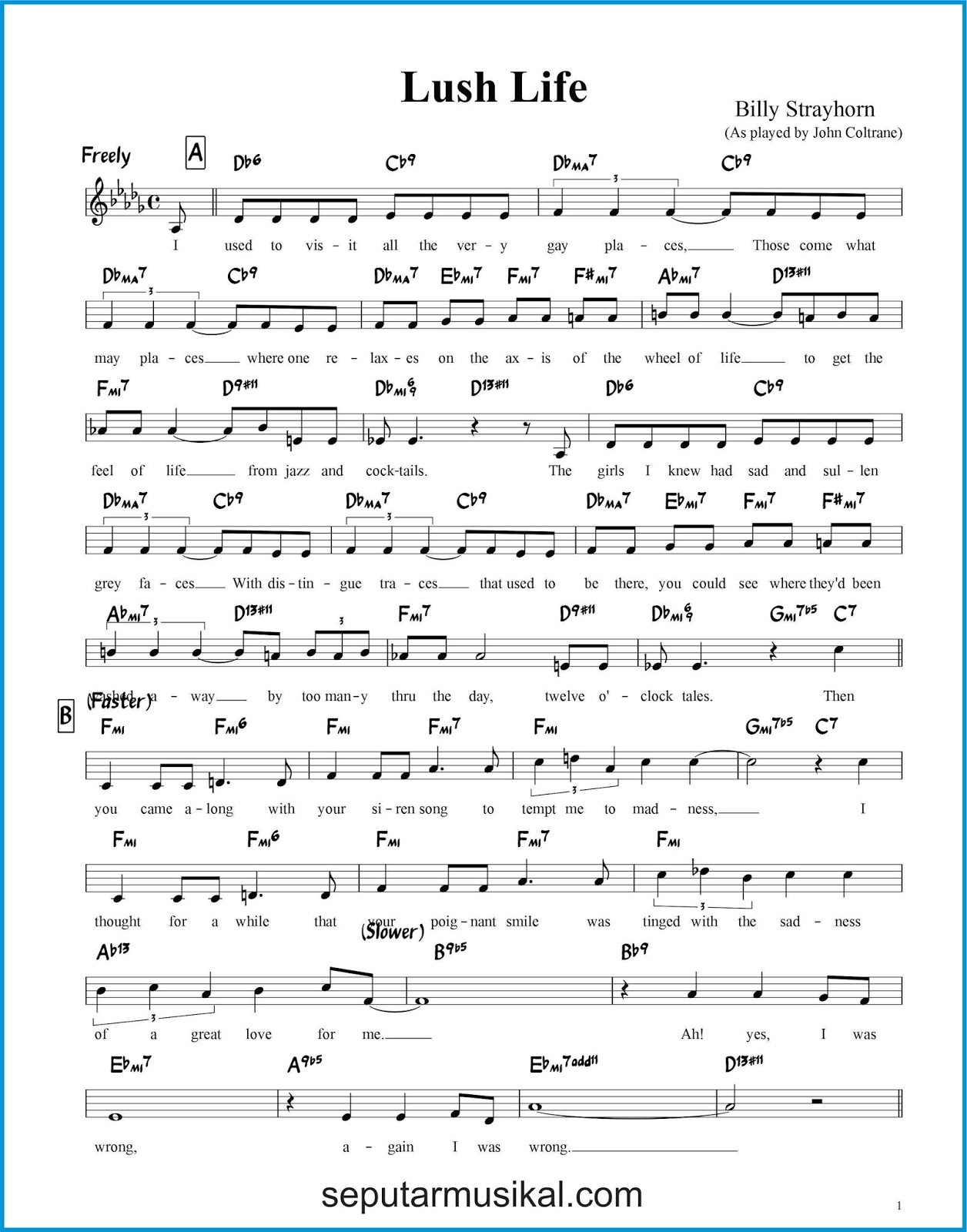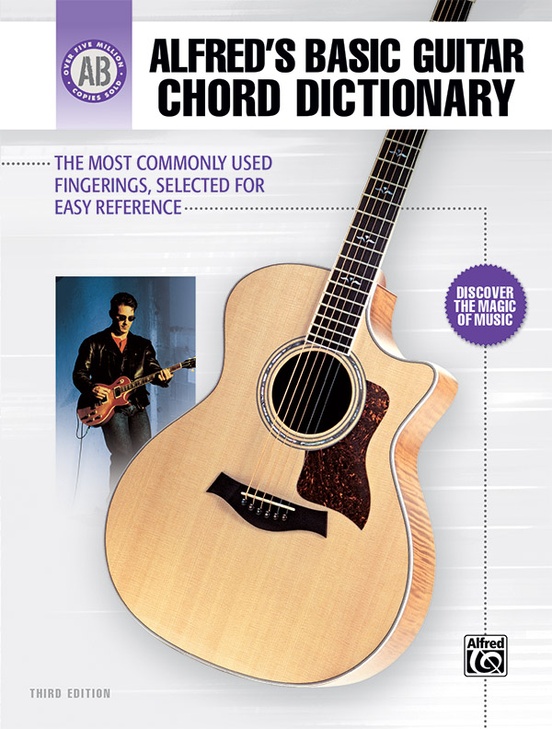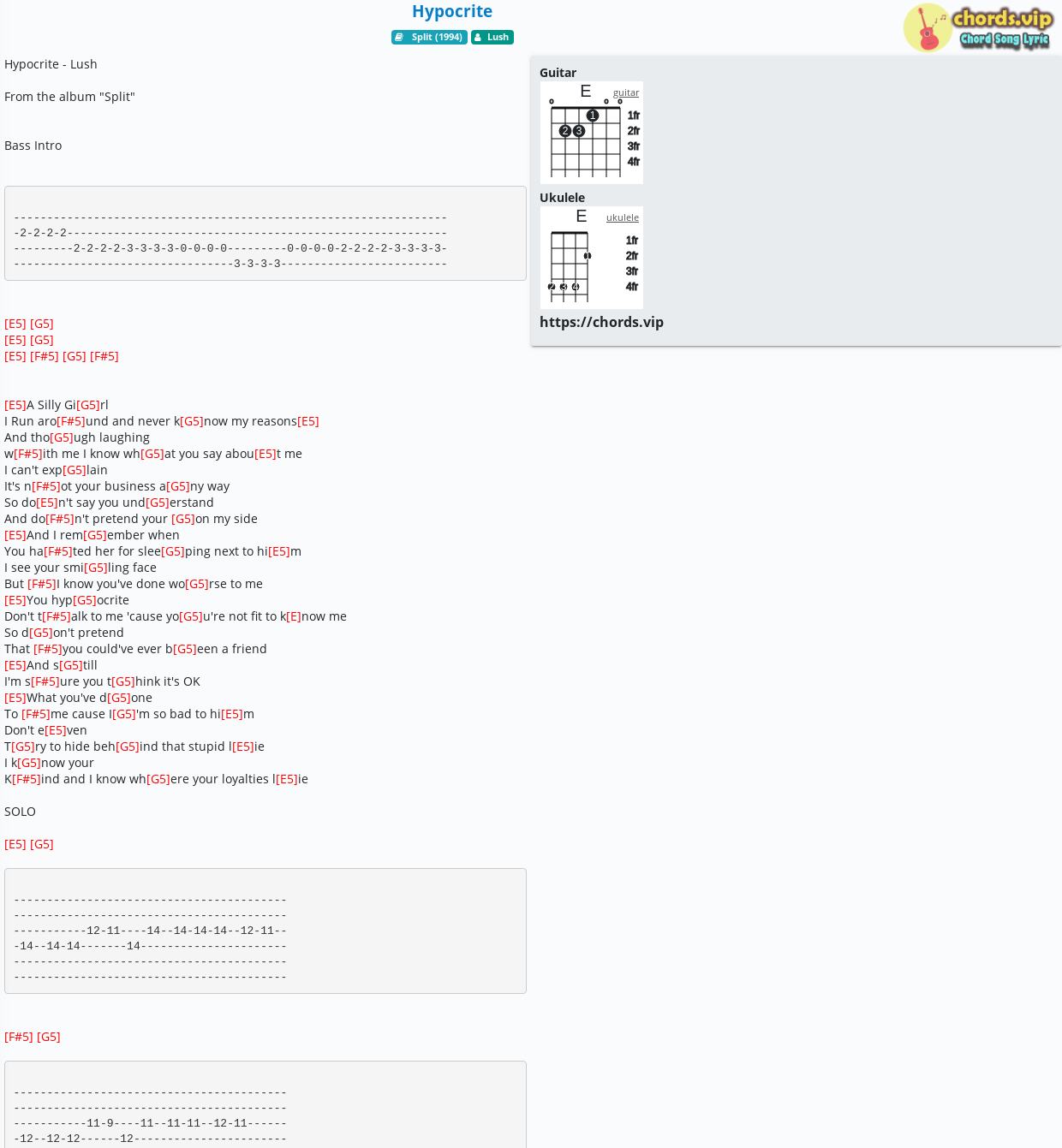

However, in a film score I wrote in 2008, the instrumentation and final mix was left entirely to me, so I gleefully added four basses to my 8/6/6/6 line‑up. The violins are traditionally sub‑divided into first and second violins with the firsts outnumbering the seconds - I usually specify an 8:6 firsts/seconds split, giving an ensemble line‑up of 8/6/4/4.įor projects requiring more low-end weight, I've sometimes expanded the lower strings to six violas and six cellos, but with that line‑up you have to be careful not to overload the bottom end - six unison cellos is a pretty big sound! You'll notice that I haven't mentioned double basses, the reason being that most of my arranging gigs have been for pop/rock projects where the low end was already dominated by a bass guitar or bass synth, thereby making double basses redundant. While it's pleasant to daydream about writing for a full‑scale symphonic line‑up, I've found that you can get a very pleasant, acceptably rich and lush sound with 22 players: 14 violins, four violas and four cellos. The size of the ensemble is usually commensurate with the magnitude of the budget, and because the players' session fees tend to be the most expensive component of string recording, there's always pressure to keep the numbers down - "Do we really need 26 players? Can't we manage with 12?” When creating a string arrangement for real players, it's important to be clear in your mind what kind of ensemble you're writing for - after all, 'strings' can mean anything from a string quartet to a full‑sized string orchestra of 60 or more players. I thought it would be instructive to explain how I set about creating this particular arrangement, both from a musical and technical standpoint, in the hope that it might help demystify the somewhat daunting business of writing for strings.

Following that, Porcupine Tree's singer/guitarist Steven Wilson invited me to arrange strings for a song called 'Truenorth' he'd co‑written with colleague Tim Bowness for their longstanding art‑rock project No‑man. In case you're wondering, the band in question was Porcupine Tree and the album was Fear of a Blank Planet, released in 2007. When he mentioned that his group needed a string arranger for their new album, I volunteered my services, and (thanks to the powers of nepotism) was duly hired.

But, of course, in the music biz, who you know is far more important than what you know, and I must admit that most of my recent arranging jobs stemmed from my friendship with a member of a successful band. I've always enjoyed arranging for orchestral instruments: I started out writing parts for small sections and soloists to overdub on my former bands' albums, then progressed to the larger ensembles required for film and larger‑scale pop/rock productions. My qualifications for the job are not the conventional type I didn't progress academically beyond music 'O' level, go to music college or learn my craft working with orchestras, but I do have a store of self‑taught musical knowledge acquired over a lifetime of composing, and certain practical skills developed via playing keyboards professionally since I left school (a happy event which took place not long after the demise of black and white television). Over the past few years, I've been lucky enough to get occasional work as a string arranger.
#CHORD DICTIONARY LUSH SOUND HOW TO#
In this first article in a new series, we explain how to get started. No matter how good the latest, greatest orchestral sample libraries may now be, you still need to develop your arranging skills if you're to create convincing string parts in any genre.


 0 kommentar(er)
0 kommentar(er)
